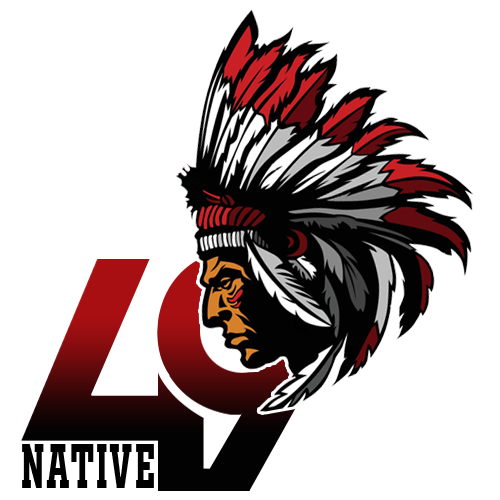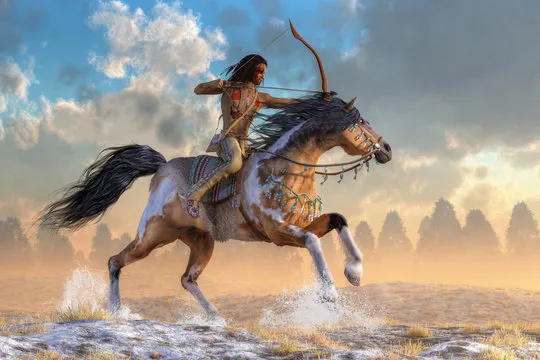In the rich tapestry of Native American culture, symbols hold profound significance, encapsulating stories, beliefs, and a deep spiritual connection with the world around them. Among these symbols, the horse emerges as a majestic and revered figure, bearing layers of meaning that resonate through the ages.
This article embarks on a captivating journey into the heart of Native American horse symbolism, unearthing its hidden treasures and illuminating the profound cultural importance of this magnificent creature. Join 49native ride through the landscapes of tradition and symbolism to unveil the true meaning of the Native American horse symbol.
What does Native American Horse Symbol Meaning?
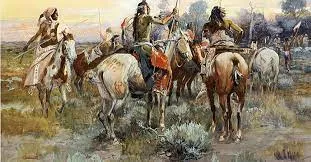
Native American culture is a treasure trove of symbolism, with each symbol holding a unique significance that can vary from one tribe to another. Among these sacred symbols, the Horse takes center stage, representing more than just a majestic creature.
In this journey, explore the profound meaning behind the Native American Horse symbol, a portrayal of mobility, strength, and deep spiritual connections. Join unveil the layers of wisdom woven into this emblematic symbol.
The Essence of the Horse Symbol
Native American Indians were deeply spiritual people, and they communicated their history, beliefs, and aspirations through a rich tapestry of symbols and signs. The Horse symbol, in particular, transcends the boundaries of mere representation, embodying qualities of great importance.
Power, Mobility, and More
The meaning of the Horse symbol goes beyond its physical attributes. It serves as a testament to mobility, stamina, strength, and power. Some tribes revered the horse to such an extent that it also symbolized values like loyalty, love, and unwavering devotion. Furthermore, the horse symbolized mutual respect, with its hoof print indicating the direction taken by riders.
The Horse Symbol: A Pictogram’s Tale
The Horse symbol, at its core, is a pictogram—a visual representation that tells a story through images resembling physical objects or beings. Pictograms, often referred to as pictographs, possess the unique ability to convey intricate ideas, emotions, and feelings. In the case of the Horse symbol, it narrates a story of profound significance.
The Native American Horse: A Marvelous Arrival
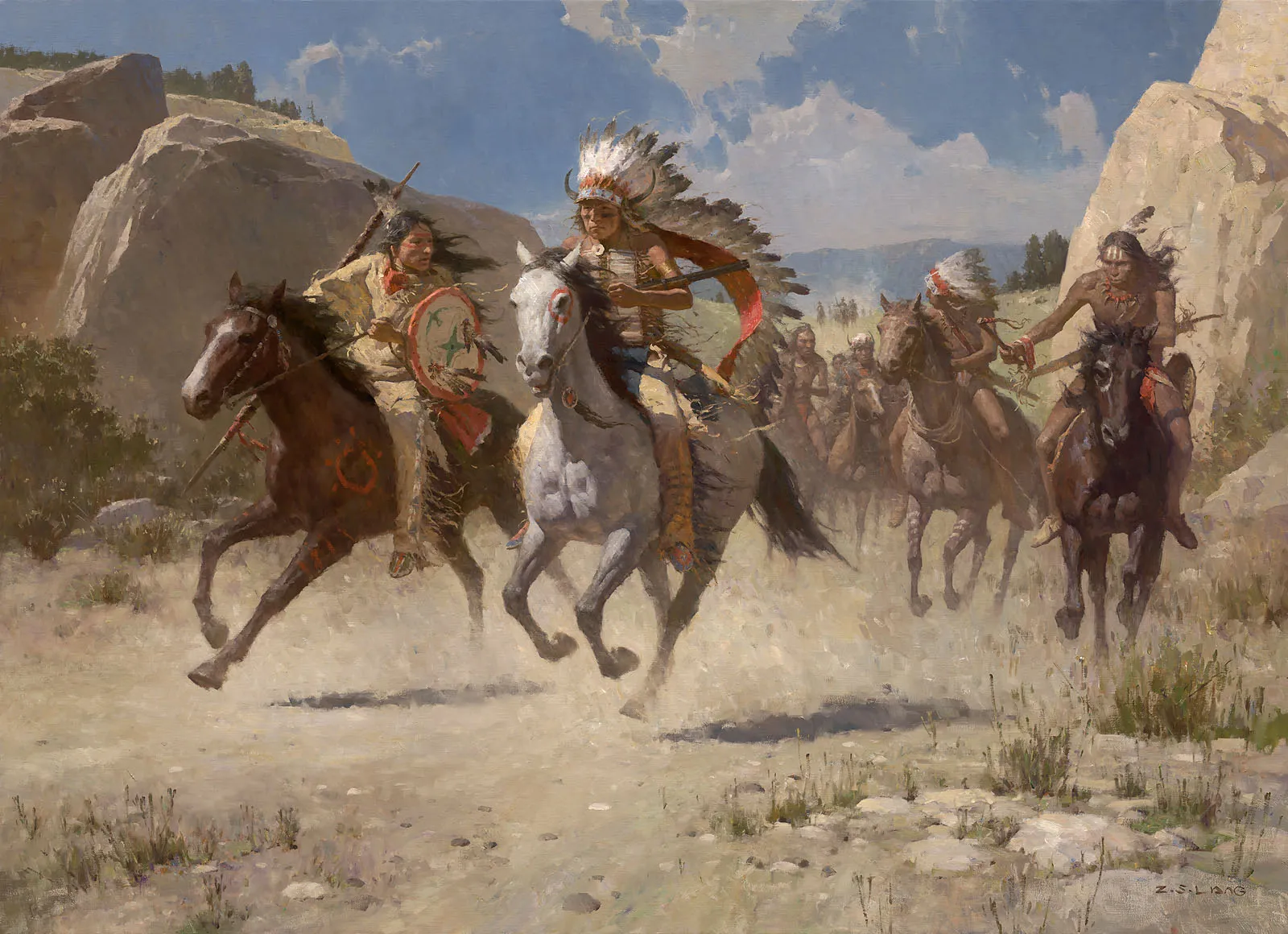
The introduction of the Native American Horse by European settlers in the 1500s and 1600s marked a momentous event in Native American history. Initially referred to as the “God Dog” or “Big Dog” by Native American Indians, the horse and rider partnership was regarded as godlike, wielding immense power and reverence.
Symbols as a Spiritual Connection
Native American religion and spirituality were deeply intertwined with nature, a connection vividly depicted in the symbols and pictograms they employed. The Horse symbol, like many others, became an integral part of their rituals and beliefs. These symbols found their way into various aspects of Native American life, from tepees and totem poles to clothing and war paint.
A Legacy of Artistry
Intricately adorned belongings became a canvas for Native Americans to express their achievements, heroism, spirit guides, and life’s most significant events. Among these symbols, the Horse symbol or pictogram held a special place, narrating stories of valor and spiritual journeys.
What do the 4 horses mean spiritually?
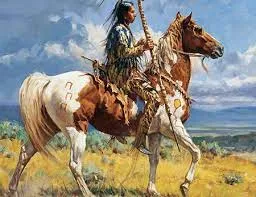
The Four Horsemen of the Apocalypse, a cryptic and mesmerizing concept deeply rooted in Christianity, have long intrigued scholars, theologians, and believers alike.
These enigmatic figures, as described in the book of Revelation (6:1–8), herald the onset of cataclysmic events, symbolizing both doom and divine intervention. In this exploration, delve into the profound symbolism and meanings associated with each of these iconic horsemen.
The First Horseman: Conquest and Controversy
The journey into the realm of the Four Horsemen commences with the arrival of the first horseman, a figure shrouded in mystery. Mounted on a resplendent white horse and adorned with a crown and bow, this horseman’s identity is a subject of theological debate.
Some interpret this figure as a representation of Christ, bearing tidings of divine conquest and salvation. Conversely, others perceive the first horseman as a harbinger of chaos—the Antichrist, poised to unleash turmoil upon the world.
The Second Horseman: Unsheathing the Sword of War
As the first seal yields, the second horseman emerges, brandishing a formidable sword and astride a fiery red steed. This vivid imagery symbolizes the onset of war and bloodshed—a stark reminder of the devastating consequences of human conflict. The red horseman embodies the relentless pursuit of power and conquest through violence, signifying the intrinsic propensity of humanity towards strife and discord.
The Third Horseman: Weighing the Scales of Famine
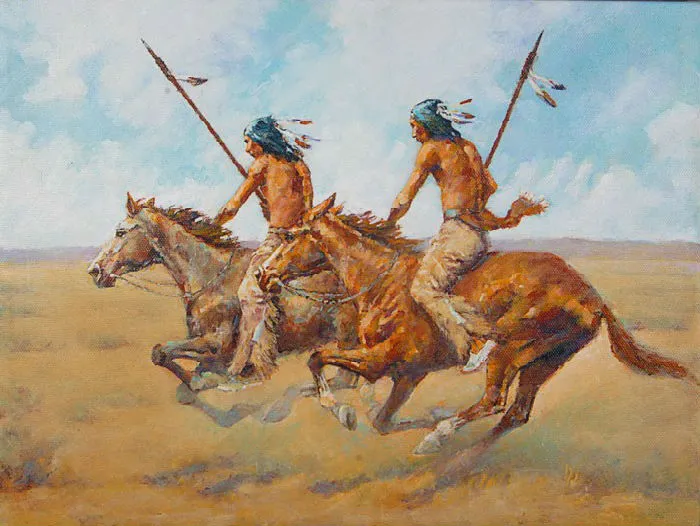
With the opening of the third seal, the narrative introduces the third horseman, a bearer of balance scales and mounted on a somber black horse. This symbolism represents the dire consequences of scarcity and famine, illuminating the fragility of sustenance in the face of adversity. The black horseman serves as a poignant reminder of the profound impact of deprivation and the human struggle for survival.
The Fourth Horseman: The Unyielding Grip of Death
The culmination of this apocalyptic quartet materializes with the unveiling of the fourth horseman—a spectral figure astride a pale horse, identified unequivocally as Death. The arrival of Death represents the inexorable fate that awaits all living beings.
In this grim portrayal, mortality transcends all distinctions, embracing both the powerful and the powerless in its unrelenting grasp. The pale horseman serves as a poignant reminder of life’s transience and the inevitability of our mortal journey.
The Enduring Enigma
The Four Horsemen of the Apocalypse stand as an enduring enigma within Christian eschatology, encompassing a spectrum of interpretations and beliefs. Their symbolism resonates as a testament to the intricate interplay between divine prophecy, human nature, and the inexorable march of time.
Whether perceived as harbingers of salvation or instruments of doom, these iconic horsemen continue to captivate the human imagination, inviting contemplation on the fragility of existence and the eternal quest for meaning in the face of adversity.
What do horses symbolize in mythology?
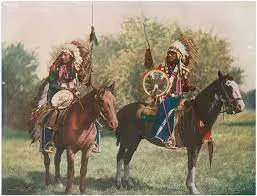
In the realm of symbolism, few creatures have galloped through the tapestry of human culture and history as majestically as the horse. This article invites you to embark on a captivating journey across cultures, mythologies, and epochs to unravel the multifaceted symbolism that surrounds the horse—a creature that has etched its hoofprints deep into the annals of our collective consciousness.
The Horse: A Pinnacle of Power and Wealth
Unlocking the Mysteries of Symbolism: As set forth on this voyage, our first destination is the nexus of power and wealth. Throughout diverse narratives worldwide, the horse emerges as a symbol of dominion, affluence, and influence. Stories from various corners of the globe converge in painting the horse as an embodiment of might and opulence.
The Horse’s Radiant Aura: Wisdom and Prophecy
Illuminating Folklore: Our next stop beckons us to explore the radiant aura that envelops the horse. Within the realm of folklore, the horse dons the mantle of intelligence and becomes a harbinger of prophecy. Delve into the significance of a horse’s coat color, deciphering its role in interpreting events and foretelling the future.
A Universal Presence: Freedom, Travel, and Desire
The Global Equine Connection: Horses have traversed the globe, threading through the tapestries of diverse cultures. Remarkably, they often symbolize parallel concepts—freedom, power, and more. We’ll unveil the universal symbolism of the horse as an emblem of unbridled freedom, facilitating travel, movement, and kindling the flames of desire.
The White Horse: Balance, Wisdom, and Controversy
Exploring the White Steed: Our journey takes an intriguing turn as encounter the enigmatic white horse. In many religions and cultures, this equine luminary embodies the delicate equilibrium between wisdom and power. Yet, in certain Christian sects, the white horse takes on a more ominous role, symbolizing death. Decipher the profound duality of the white horse’s symbolism.
Horses of the Americas: The Embodiment of Power
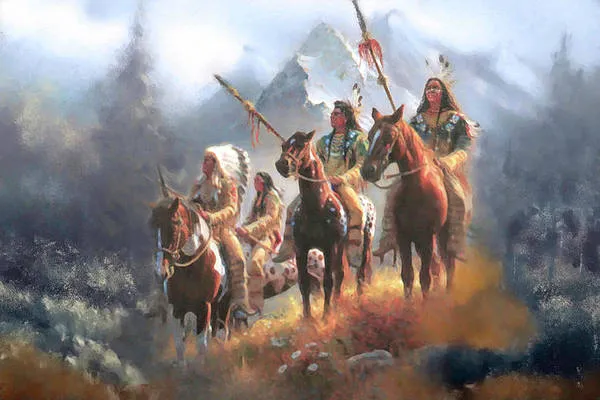
The Indigenous Perspective: Among the native tribes of the Americas, the horse reigns supreme as a symbol of power. It becomes an instrumental force in battles and territorial conquests, shaping the destiny of tribes and defining their wealth. Our exploration takes us deep into the indigenous cultures of the Americas, where the horse stands as an enduring emblem of war.
Mythological Odyssey: The Horse in Ancient Beliefs
The Mythical Trailblazer: Our journey traverses the realms of mythology, where the horse has left an indelible mark. To the Romans, it was intrinsically linked with Mars, the god of war. The sun god’s chariot, an emblem of celestial splendor, was drawn by these noble steeds. In Celtic lore, horses were harbingers of good fortune, with the white horse holding a special place in the hearts of Rhiannon and Epona.
Weathered Wisdom: Horses and Storms
Deciphering Nature’s Signs: The folklore of horses extends to our understanding of weather. Common superstition suggests that when horses stand together, stormy weather is nigh. Unveil the scientific foundation behind this belief, shedding light on the innate instincts of these magnificent creatures.
Colorful Symbolism: Hues of Meaning
The Spectrum of Interpretation: In our exploration, encounter the nuanced symbolism of horse colors. A red horse, for instance, is a harbinger of destruction, while the mare embodies maternal archetypes. The “black horse of death” weaves into dreams as a symbol of misery. Unravel the diverse meanings assigned to horses based on their coloration.
Elemental Significance: Horses and the Natural World
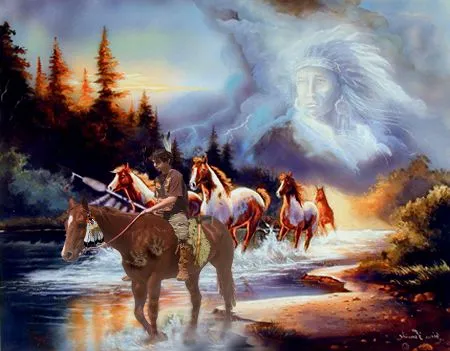
Echoes of Nature: Across cultures and contexts, horses take on roles that transcend the mundane. They become conduits to the elements—earth, sun, moon, water, air, and wind—depending on the cultural tapestry in which they are woven. Explore these diverse dimensions of equine symbolism, unveiling the elemental significance attributed to these magnificent creatures.
A Global Tapestry of Symbolism
As our symbolic journey with the horse draws to a close, find ourselves enriched with a profound understanding of this remarkable creature’s place in the human imagination.
The horse, with its unwavering presence across cultures, remains a powerful symbol—one that embodies freedom, power, intelligence, and the intricate interplay between the natural world and human perception. Through the lens of symbolism, unveil the enduring legacy of the horse, galloping seamlessly through the annals of human history and culture.
Application about printing images of Native American horses
Learn more about Native Americans: Meaning Of Native American Bear Paw Symbol
